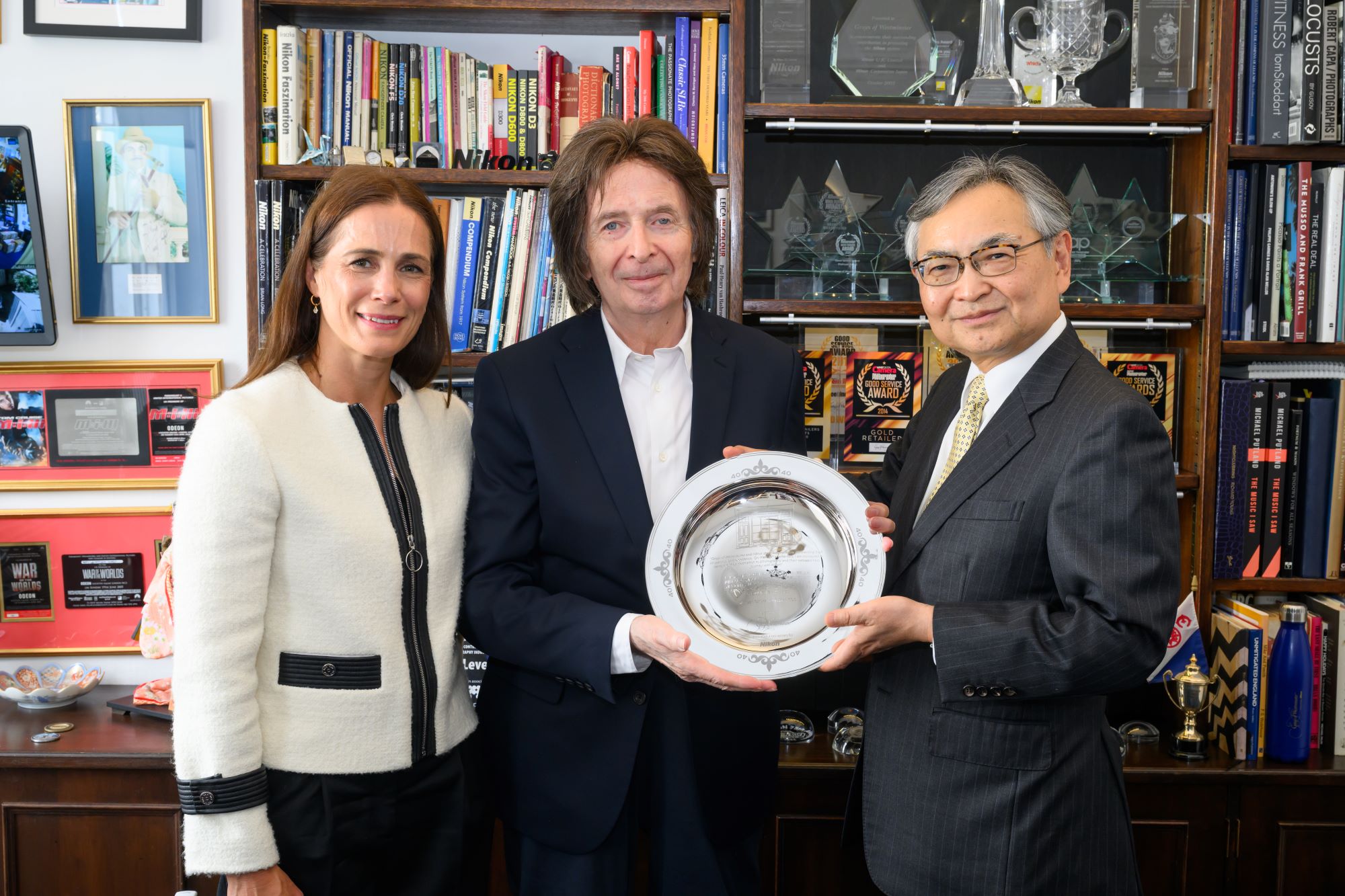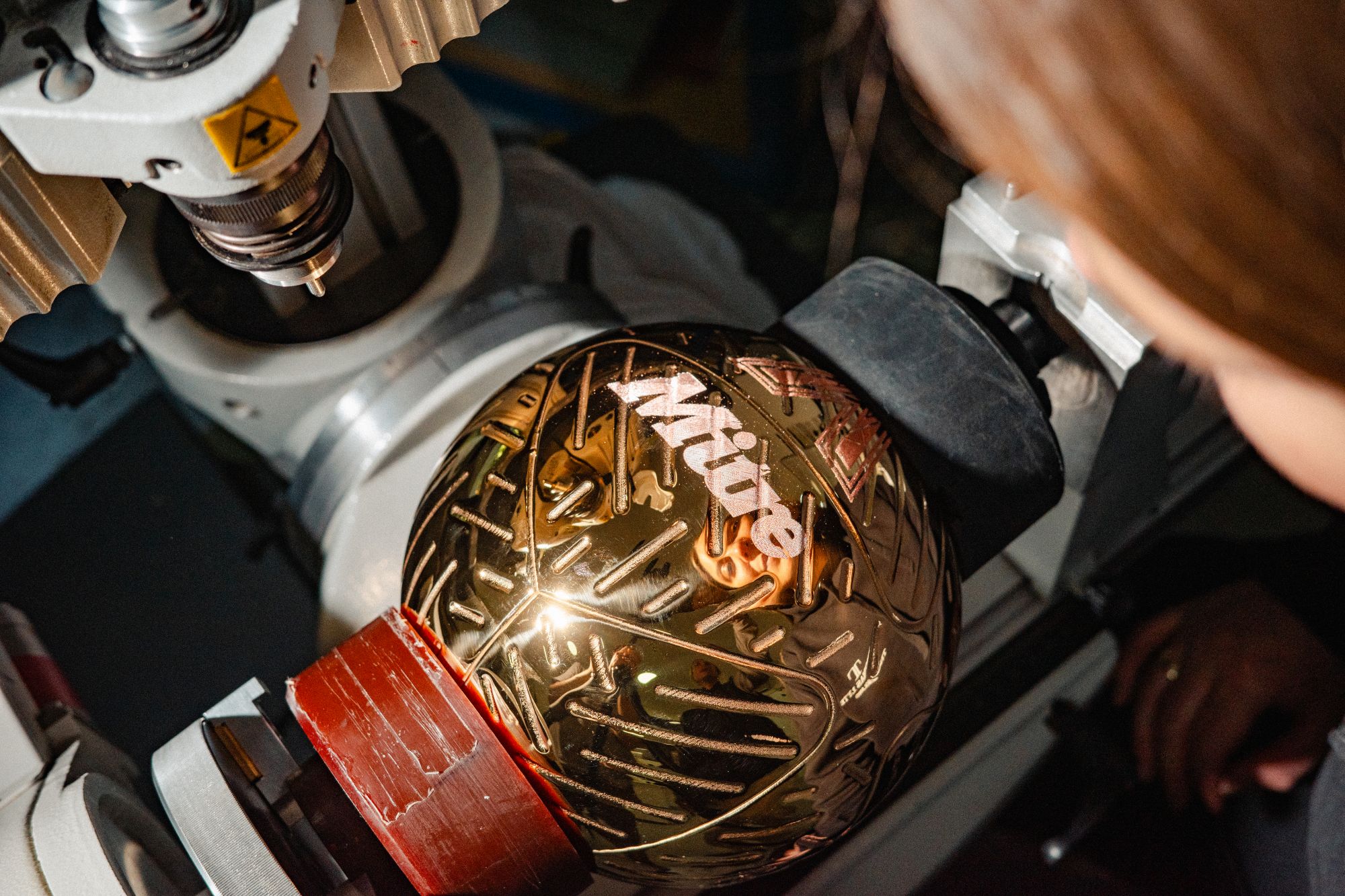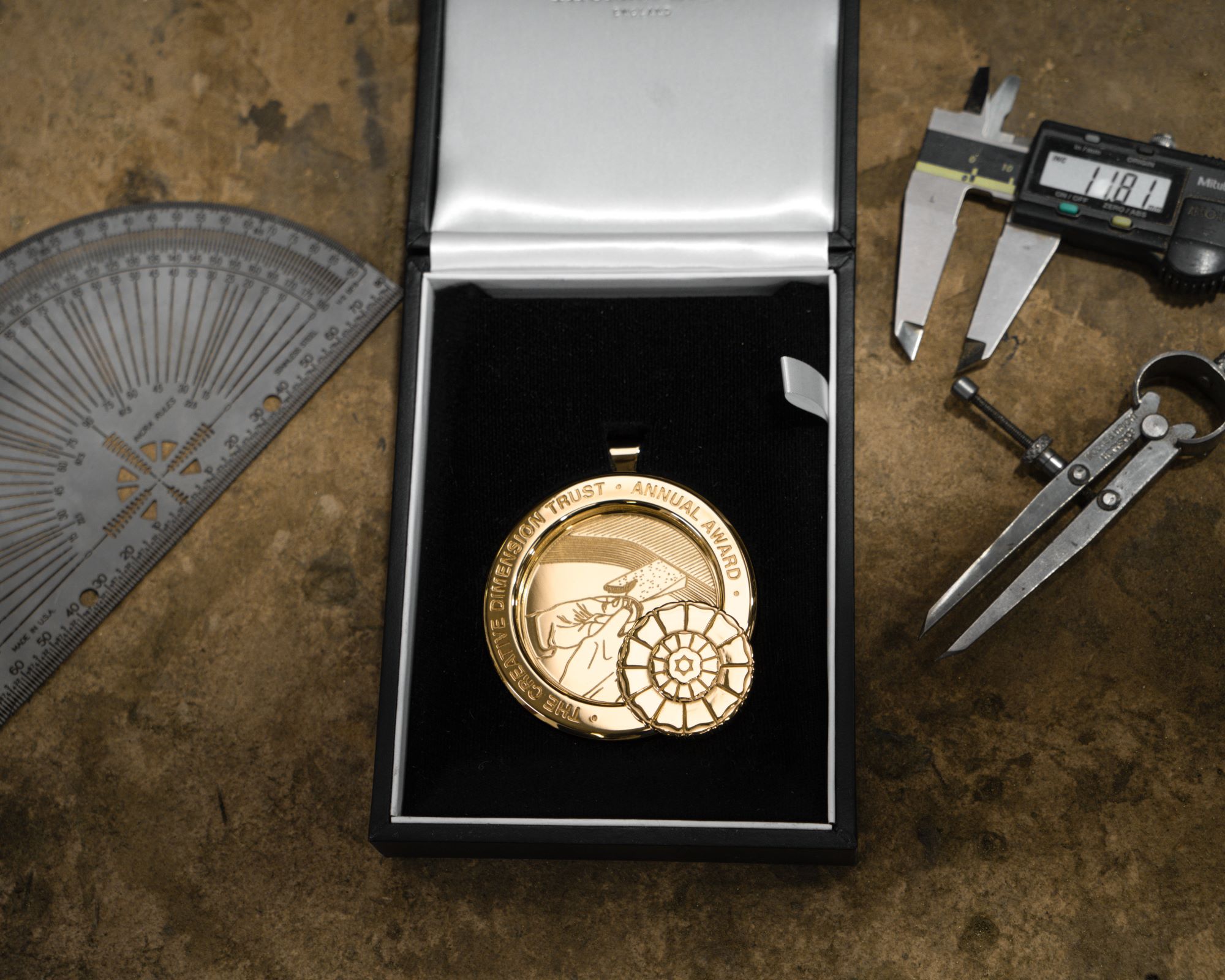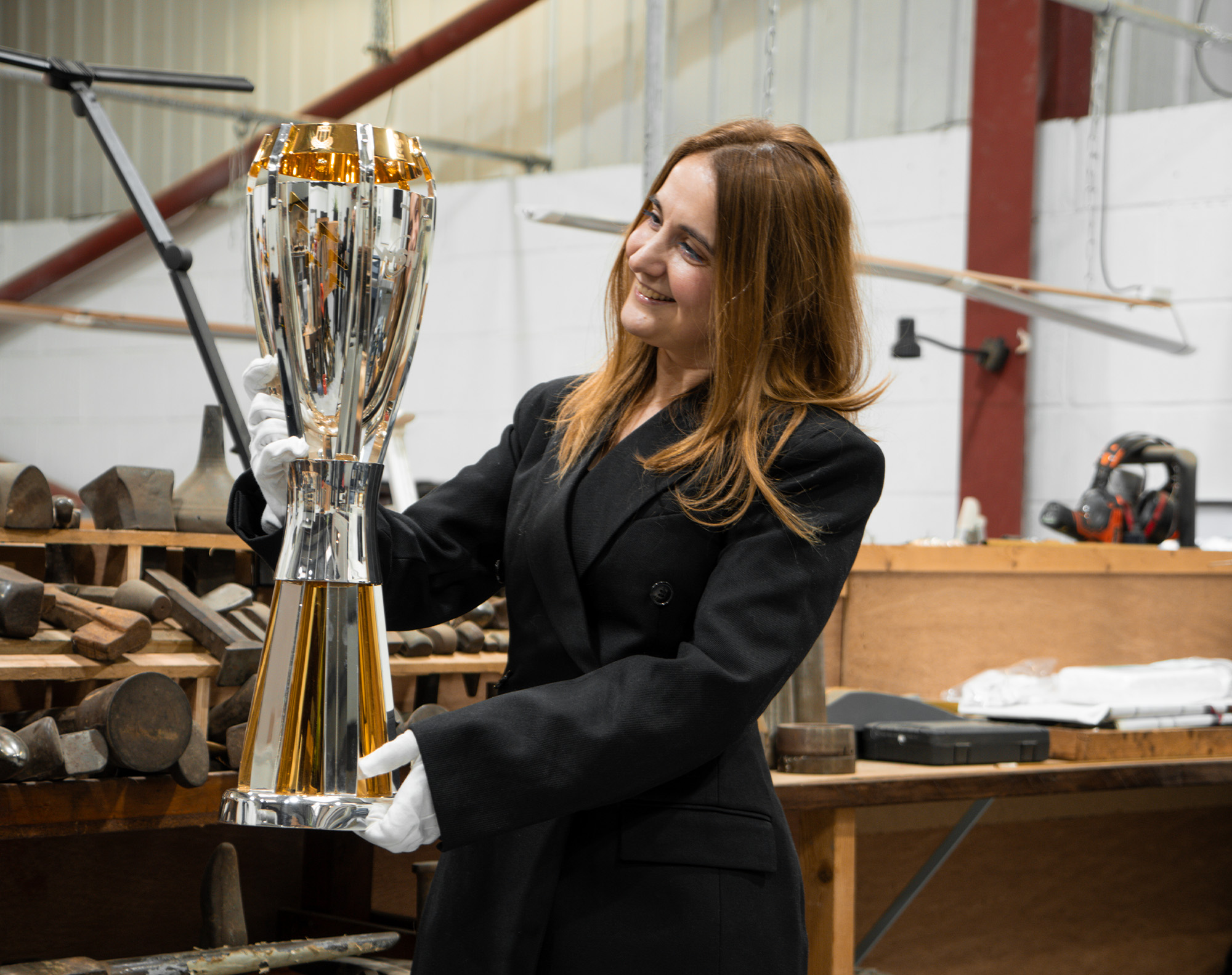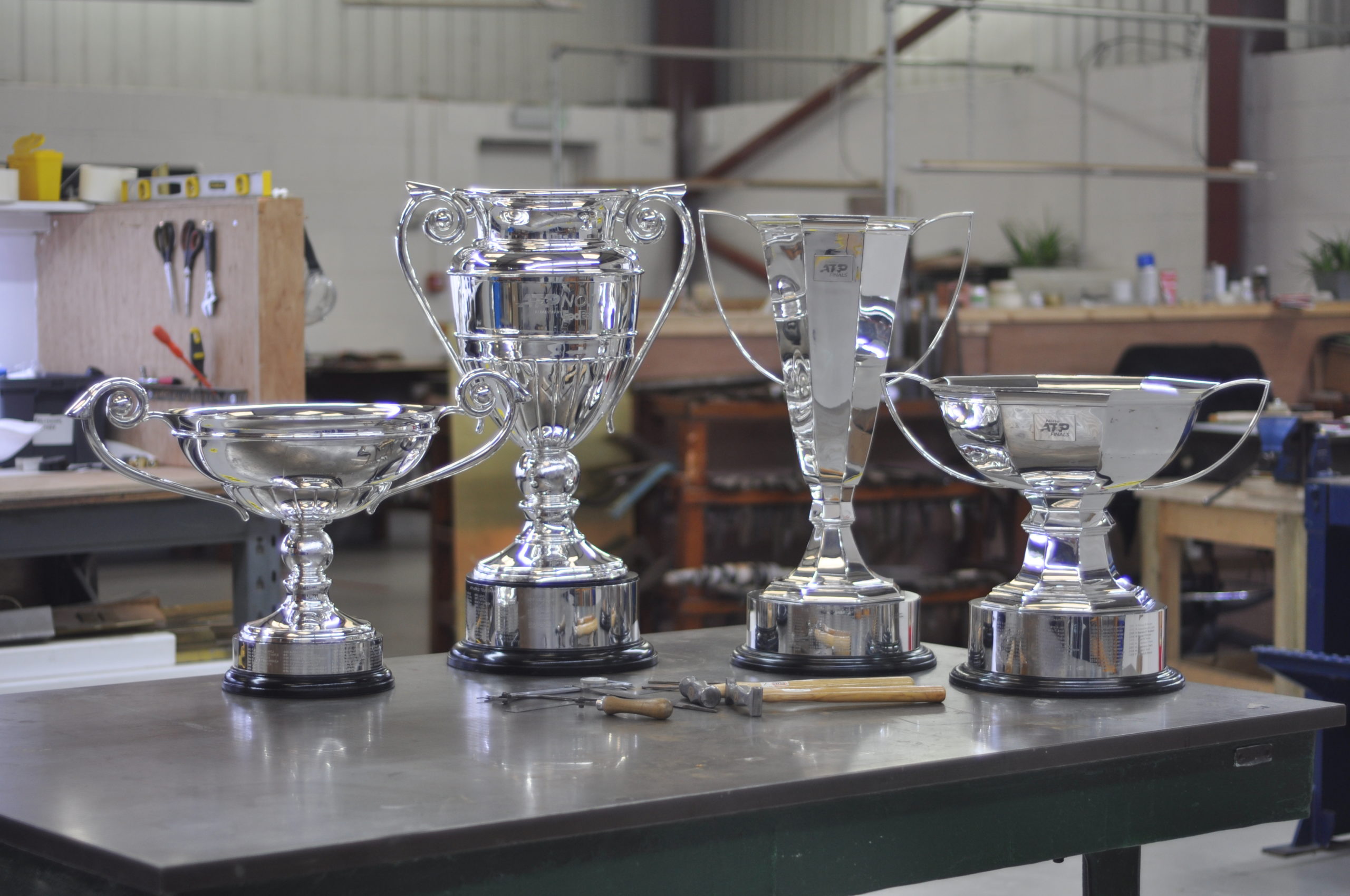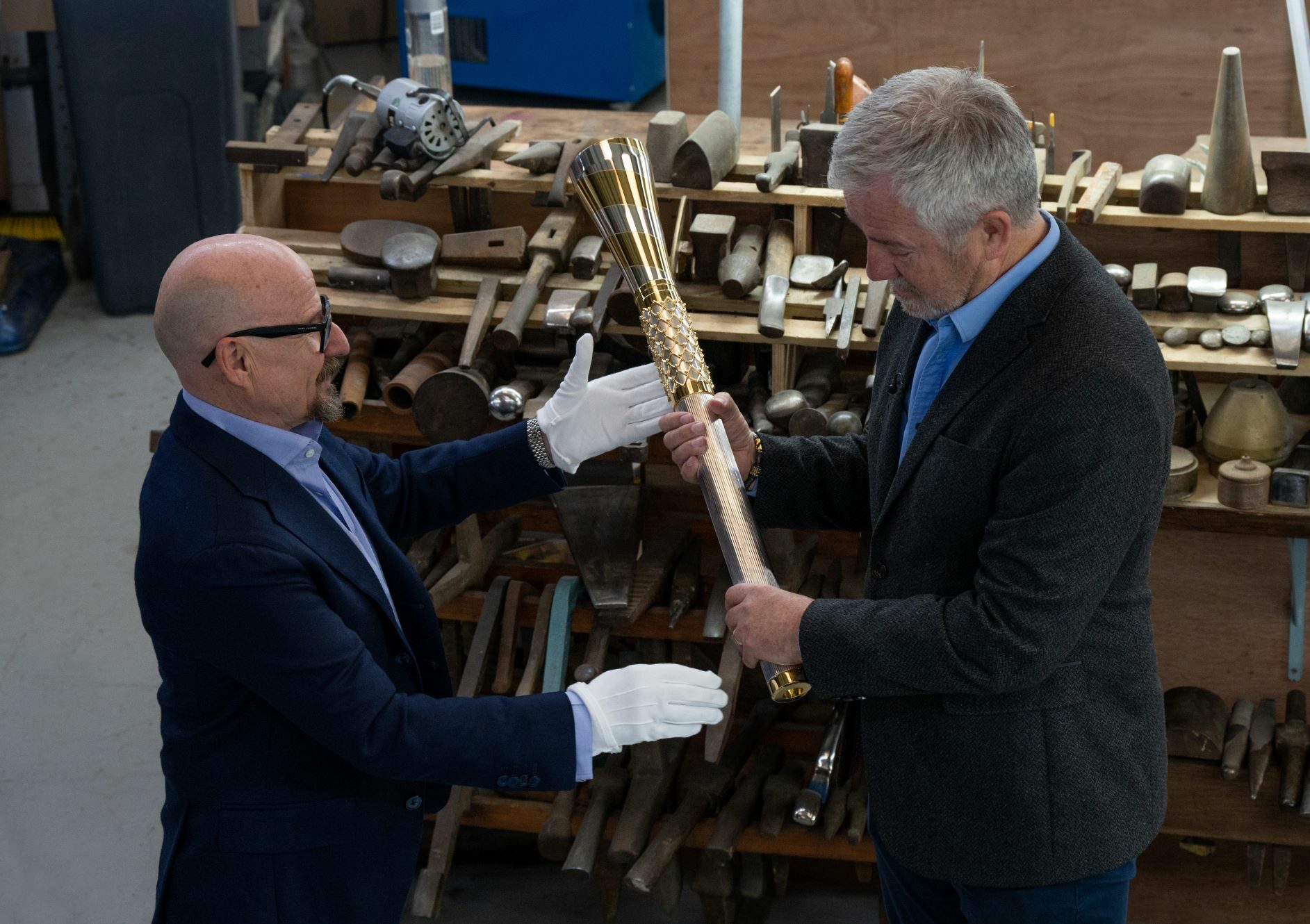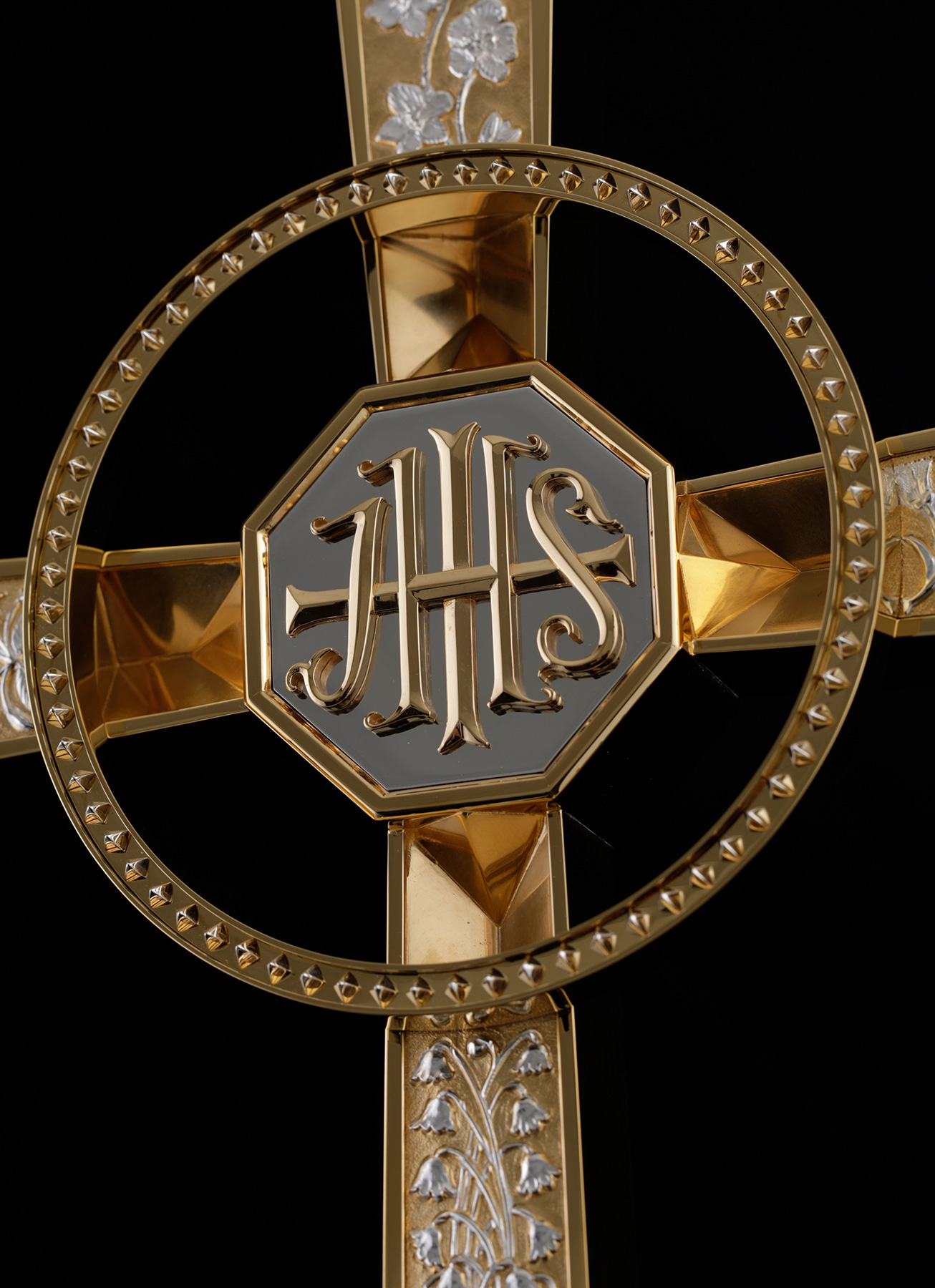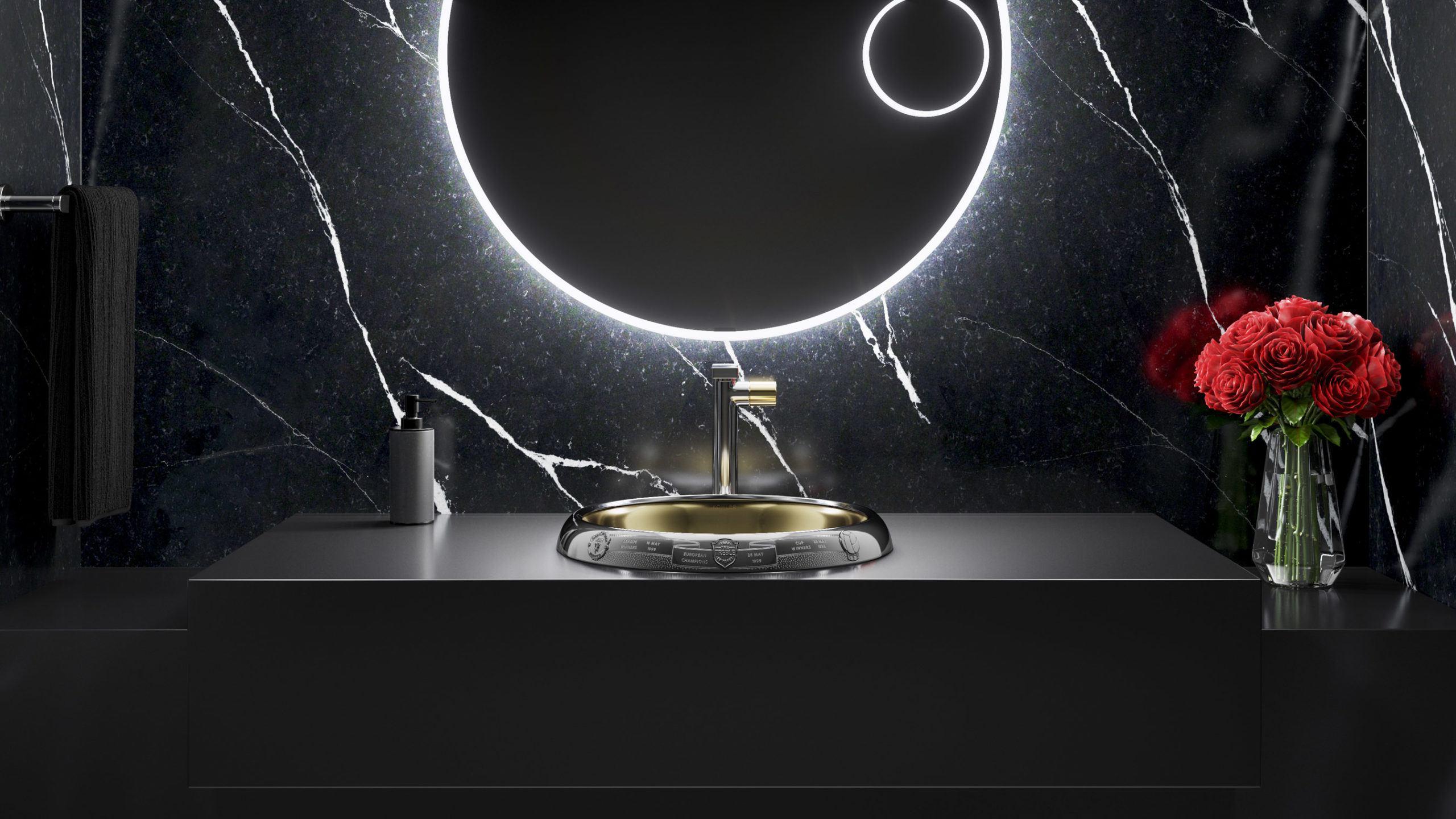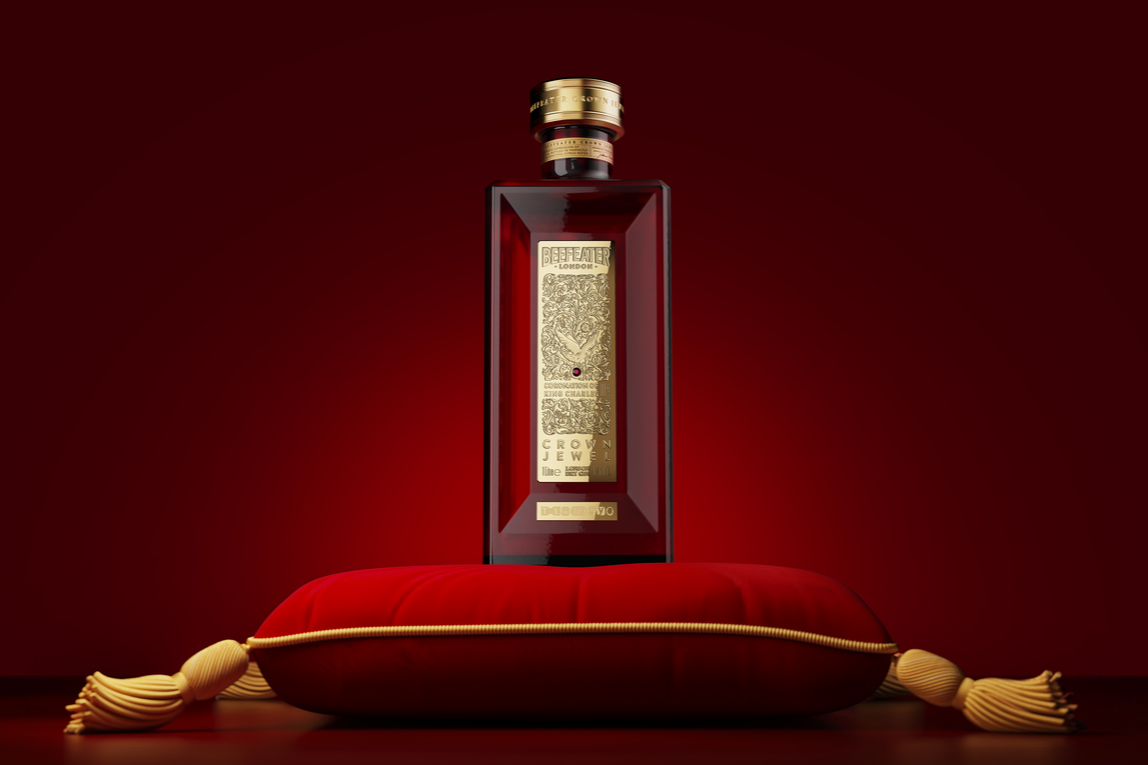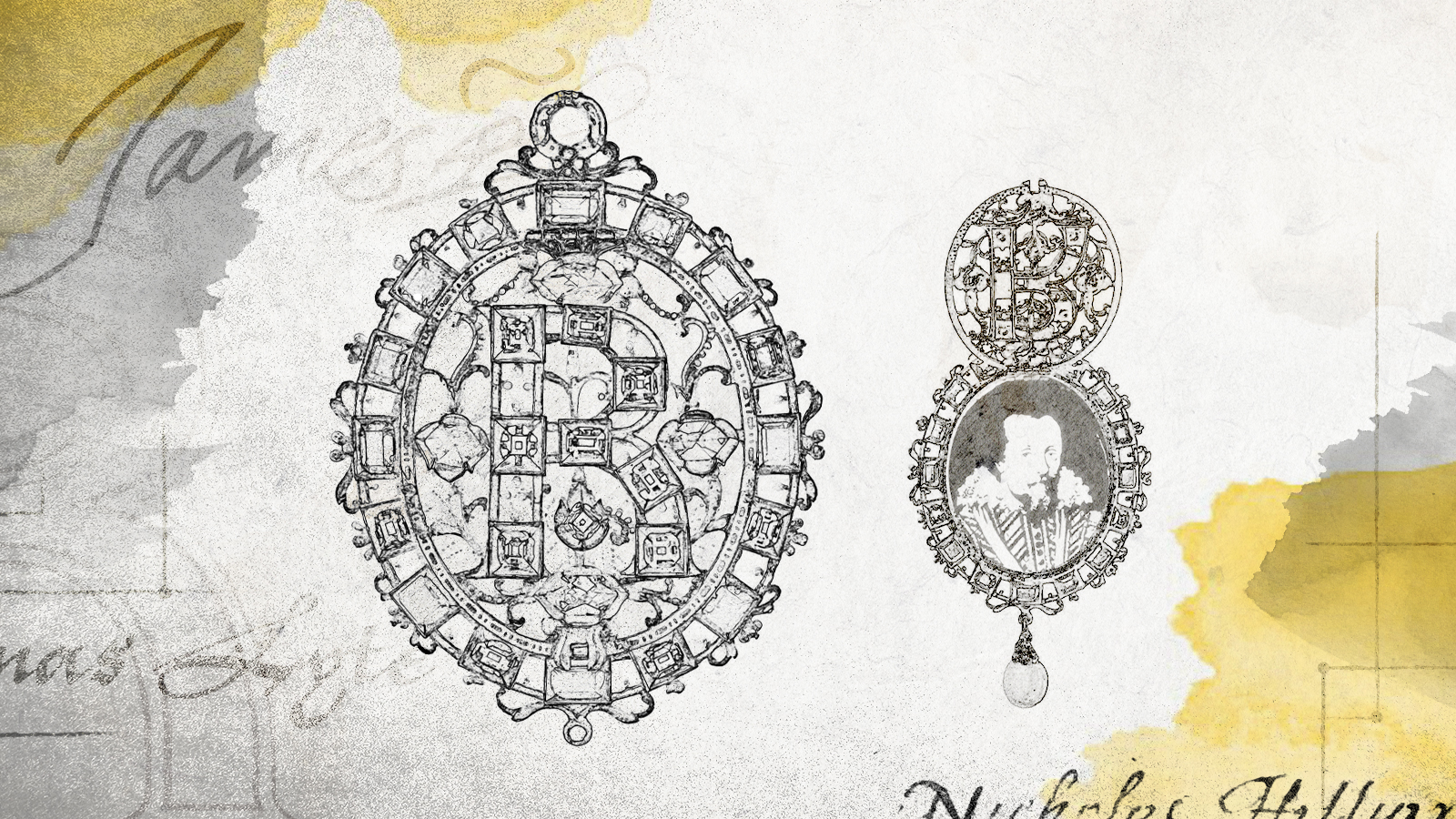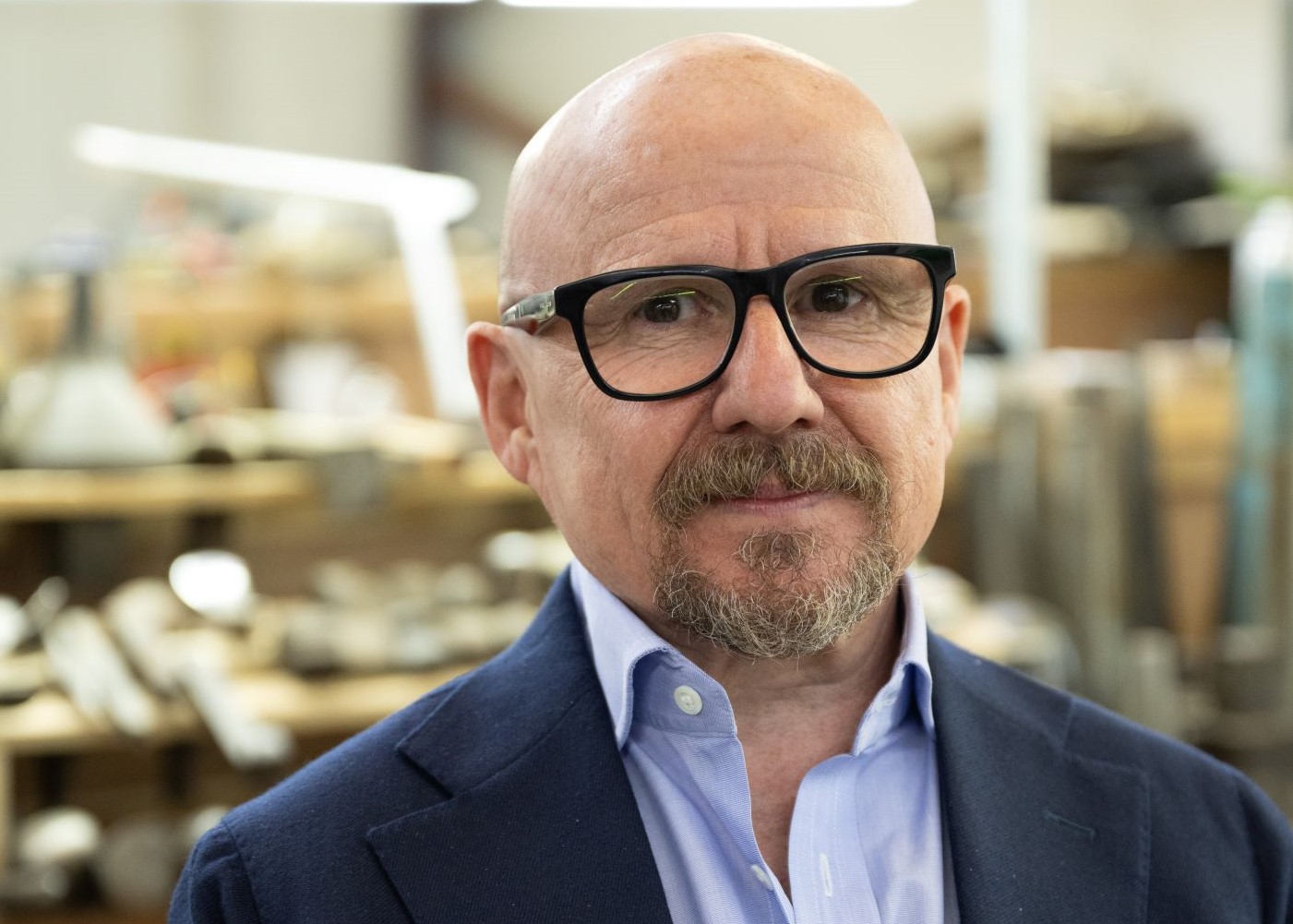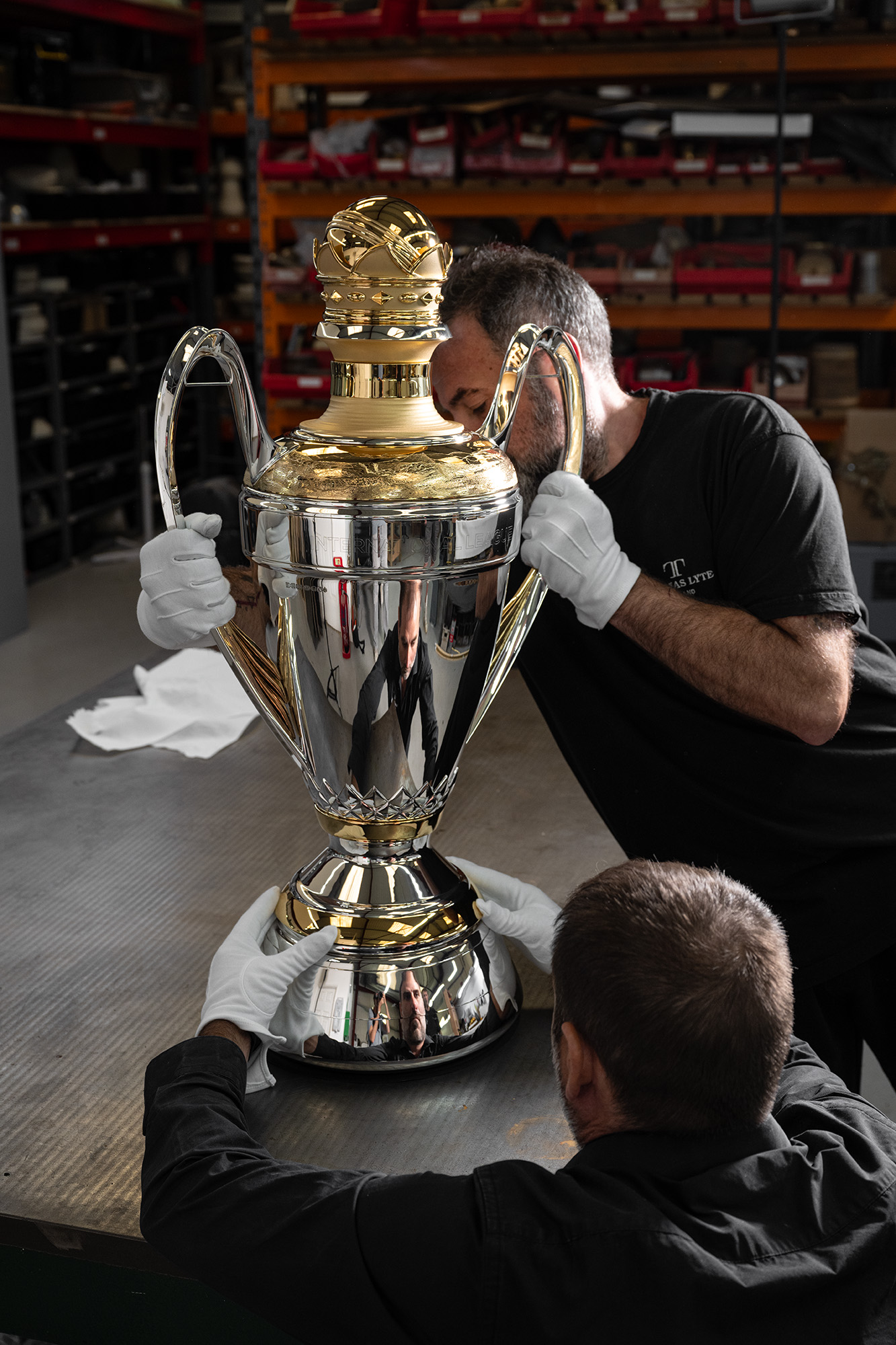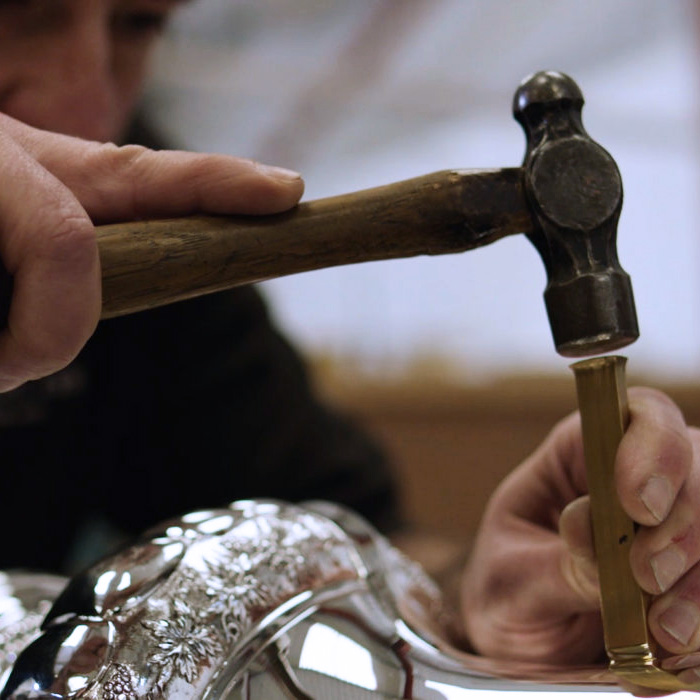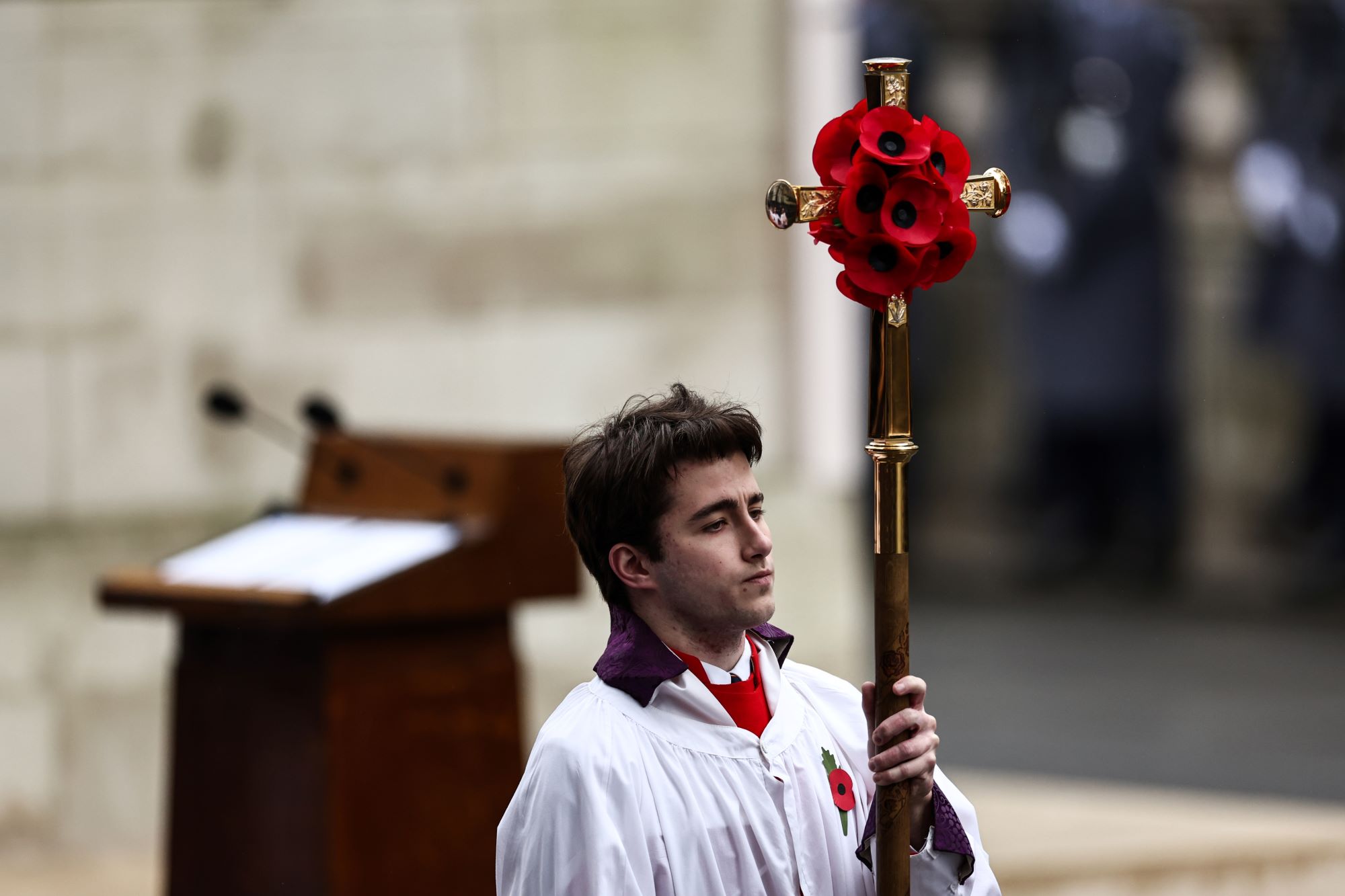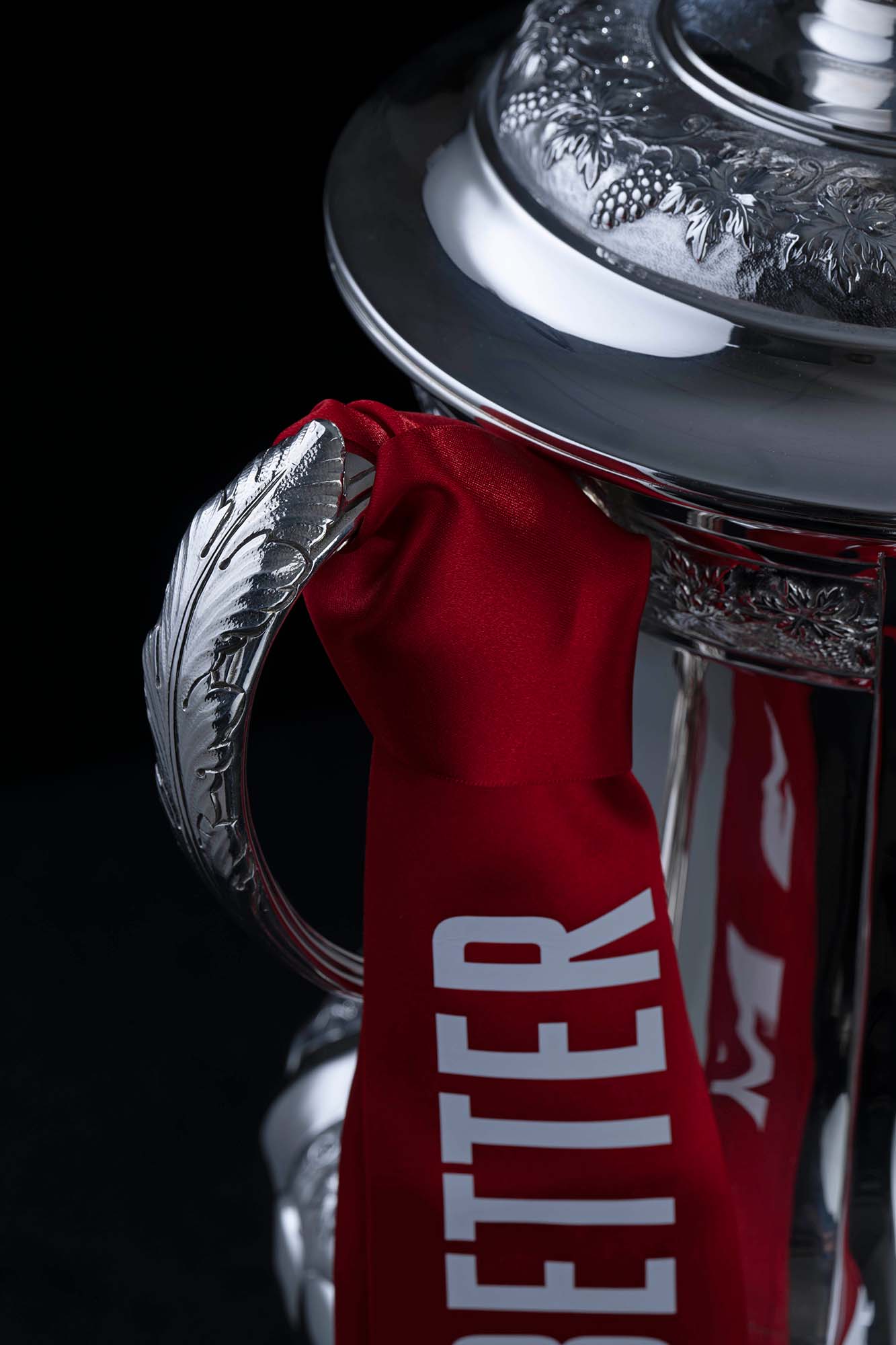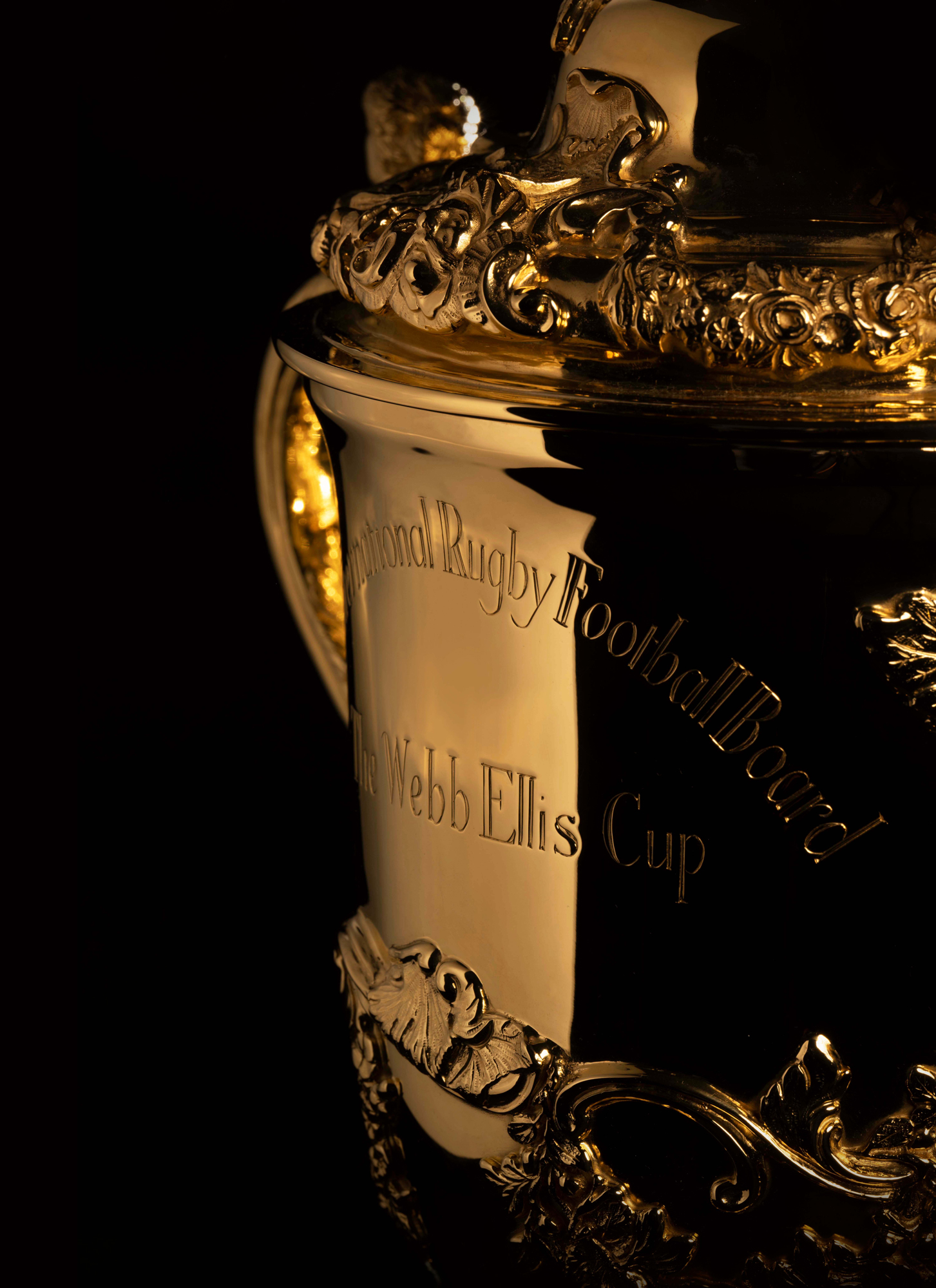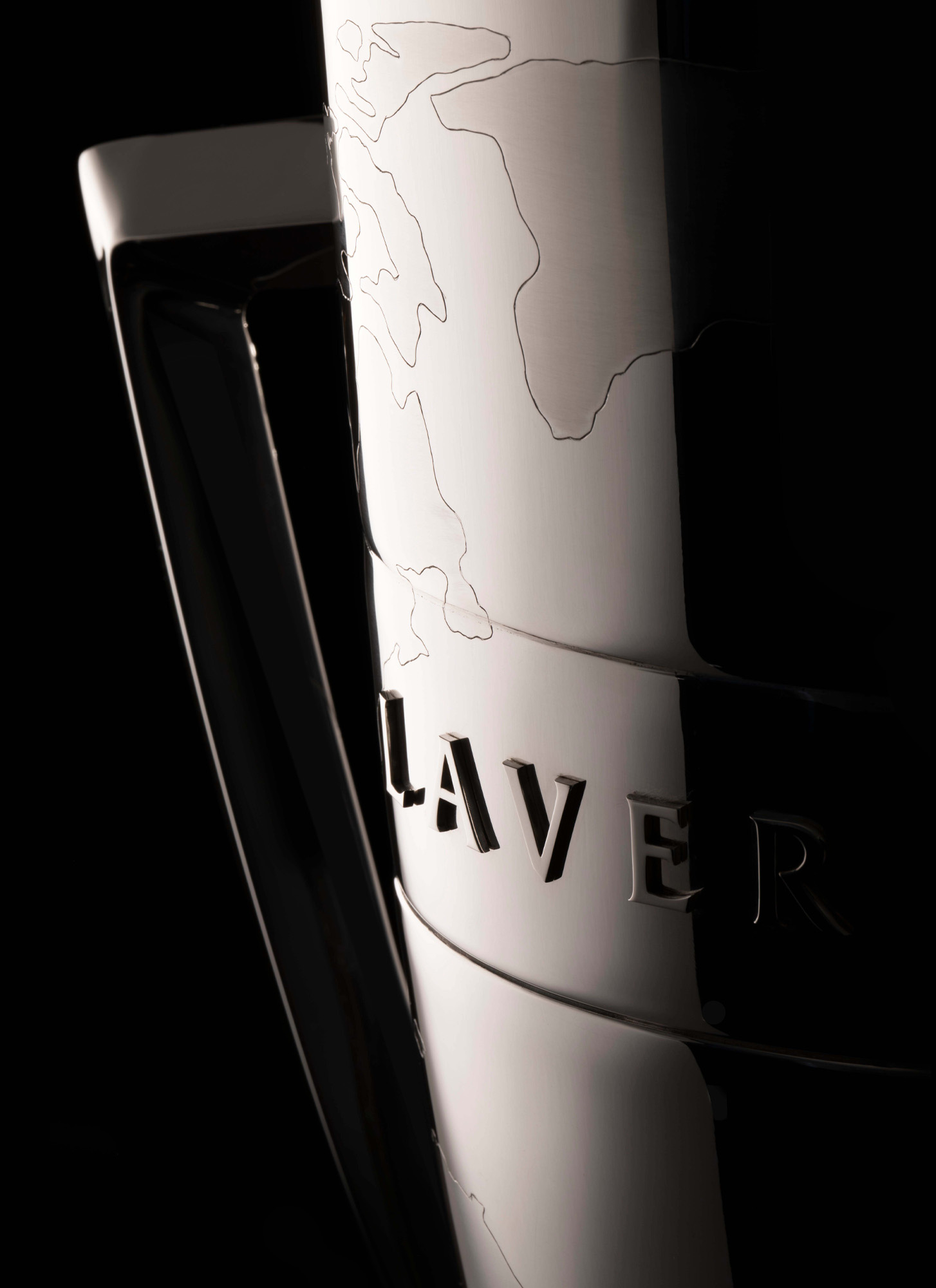Above image: Kevin Baker, Thomas Lyte Founder and Chief Executive Officer
Over four centuries later, Kevin Baker is determined that his company, a proud Royal Warrant holder to His Majesty the King, should continue striving for the level of excellence and beauty that the Lyte jewel embodies.
“I had never even considered having an eponymous brand”, says Kevin Baker. “When I founded the brand, I was inspired by the 17th century Age of Enlightenment and all its developments in art and technology. From a young age, I’d been transfixed by the Jacobean period. It was a time which arguably gave birth to today’s luxury industry, an era when a regard for beauty and craftsmanship came to be highly valued, replacing the functionality of the Tudor period.”
“When I saw the Lyte jewel I was dazzled by how the Burgundian diamonds were rose-cut for the first time, allowing light to pass through them and highlight their brilliance. As an astonishing feat of intricate craftsmanship, the jewel encapsulated my overriding mission, which was to put English style and all the talented craftsmen who contribute to it at the heart of the luxury industry again. Just like our Jacobean forefathers, we built our workshops to marry historic, time-honoured techniques with the absolute best that modernity and technology have to offer.”
![baton of hope mike mccarthy recieves baton from Thomas Lyte]() A Symbol of Hope for the UK
A Symbol of Hope for the UK![Designers Makers Of The Queen Elizabeth II Platinum Jubilee Processional Cross 3 1306x1800]() Culture Round-Up: 2022 and the Queen Elizabeth II Processional Cross
Culture Round-Up: 2022 and the Queen Elizabeth II Processional Cross